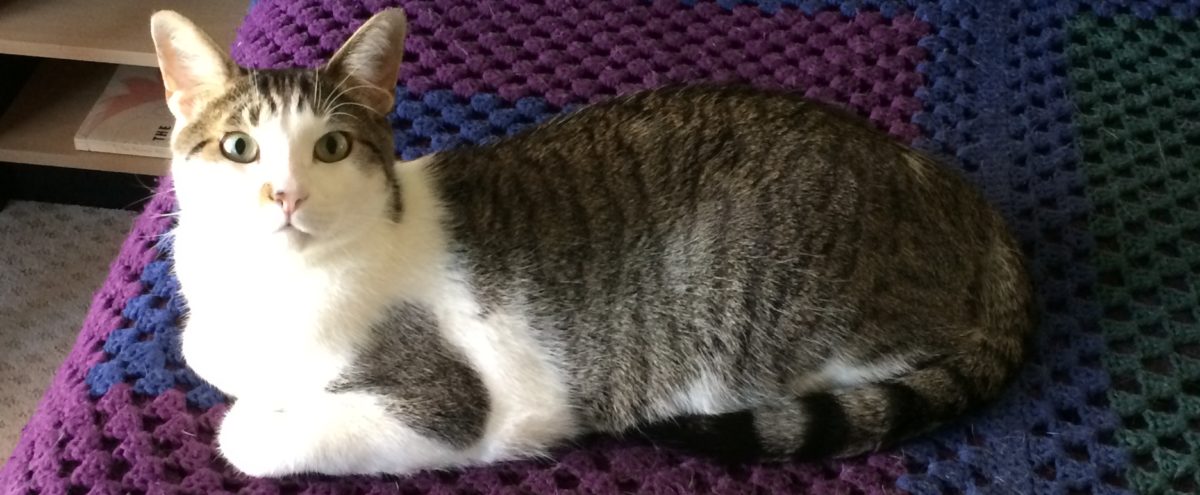Quite a week:
- Ex Machina #41, by Brian K. Vaughan, Tony Harris & Jim Clark (DC/Wildstorm)
- Jack of Fables #33, by Bill Willingham, Matt Sturges, Russ Braun & José Marzan Jr. (DC/Vertigo)
- Astonishing X-Men #29, by Warren Ellis & Simone Bianchi (Marvel)
- Guardians of the Galaxy #13, by Dan Abnett, Andy Lanning, Brad Walker & Victor Olazaba (Marvel)
- The Incredible Hercules #128, by Greg Pak, Fred Van Lente, Dietrich Smith & Terry Pallot (Marvel)
- The Immortal Iron Fist #25, by Duane Swierczynski, Travel Foreman, Tom Palmer & Juan Doe (Marvel)
- Marvels: Eye of the Camera #5 of 6, by Kurt Busiek & Jay Anacleto (Marvel)
- Ignition City #2 of 5, by Warren Ellis & Gianluca Pagliarani (Avatar)
- Freakangels TPBs vol 1 and vol 2, by Warren Ellis & Paul Duffield (Avatar)
- Mister X: Condemned #4 of 4, by Dean Motter (Dark Horse)
- Invincible #61, by Robert Kirkman & Ryan Ottley (Image)
 
|
Ignition City may not have been very good (and this week’s issue is only a little better than the first one), but to my surprise Ellis already has a publication from Avatar which is pretty good: The collections of the FreakAngels web comic. The second collection came out this week, and I picked up both and gave them a read.
The premise is that 12 powerful telepaths/telekinetics were born at the same time, and as teenagers they managed to bring about the end of the world – or at least of civilization. Six years later, 11 of these “Freakangels” live in the Whitechapel district of London – which itself is flooded by 15 feet of water – and safeguard a few hundred survivors with their powers from outsiders who try to steal what they have. The 12th angel, Mark, had been exiled some years earlier, and at the beginning of the first book he programs a young woman, Alice, to come to Whitechapel and start killing. She’s stopped, her brain is purged of Mark’s programming and she’s recruited to help the angels with their lookouts, as she knows who they are now, and most of the people they’re guarding don’t. The first volume concerns Alice’s arrival and an open assault on Whitechapel by an enemy group, while the second involves a more covert attack. The first two volumes of FreakAngels cover their ground slowly (each volume covers about a day’s worth of story time), I think because Ellis wants to introduce the cast and setting gradually. Despite the paranormal abilities, the series reads more like a character drama than an action/adventure series. But Ellis is mostly working in archetypes when it comes to the FreakAngels themselves: The caring doctor, the badass cop, the clever engineers, the dedicated guard, the free spirit, the bad seed, etc. So the series focuses more on how things work in WhiteChapel, and setting up the tensions among the characters, but there’s certainly the potential for a lot of drama. Paul Duffield is certainly the best artist I’ve yet seen work with Ellis on an Avatar-published project. Although his figures seem a little stiff at times, he does have a casual, easy way with faces. His biggest strength is in drawing the backgrounds of the city of London (see, for instance, this page), and the broken or rebuilt buildings and constructs that pepper the setting. Overall he’s quite good, and the schedule he must be putting in to draw 6 pages weekly makes me all the more impressed. FreakAngels also has Ellis’ best qualities on display: Sure he’s got a mean streak and can be quite the smartass, but ultimately his best work is about balancing freedoms and responsibilities, and setting up situations where these two aspects of life come into conflict. The FreakAngels have a sense of these qualities to varying degrees, especially given their role in shaping their world, and this is what sets the story in motion, and sets them with or against each other. While the revealing of their world is interesting in and of itself, it’s the extent to which the characters grow and come to understand these qualities which will determine high high FreakAngels sits in Ellis’ oeuvre. |

|
The Mister X: Condemned mini-series wraps up this week. Dean Motter’s work is always stylish, interesting to look at, and evocative, but in both the original series and this one I don’t think there’s more to it than that. The plot and character are both pretty thin, and no one’s particularly sympathetic for the reader to follow.
For my money, Motter at his best can be found in Terminal City, with great artwork by Michael Lark. |

|
“The Invincible War” aftermath occurs in Invincible #61, in which last month’s devastation leaves the survivors picking up the pieces, and Invincible trying not to feel like the whole mess is his fault (though when a couple dozen parallel-world duplicates of yourself try to destroy the Earth, what how would you feel?). And then the story launches right into “Conquest”, which looks like the next go-round between Invincible and his conquering Viltrumite relatives.
This comic never seems to rest, and that’s a good thing. And Ottley’s art seems to get better every month. |













